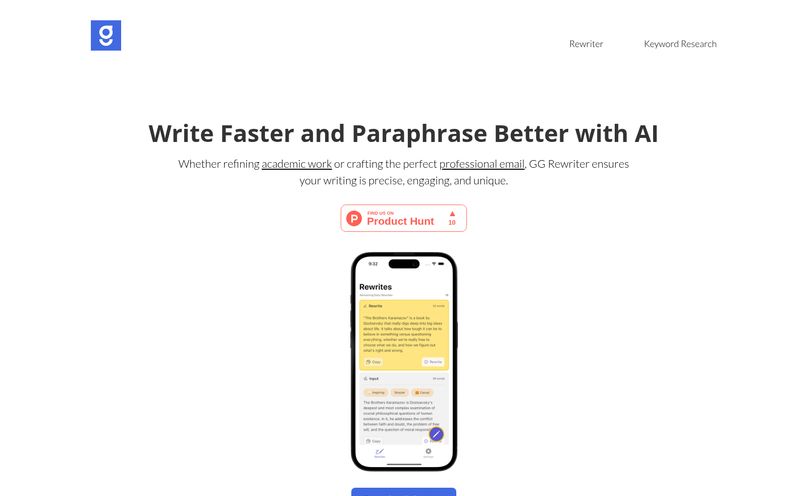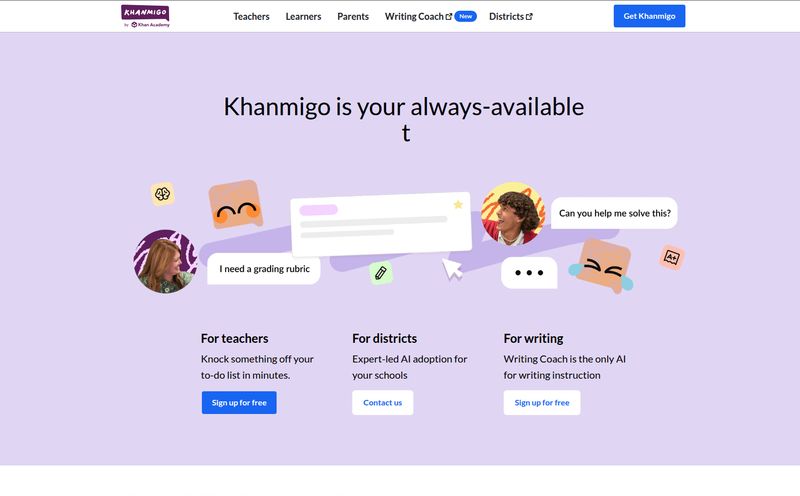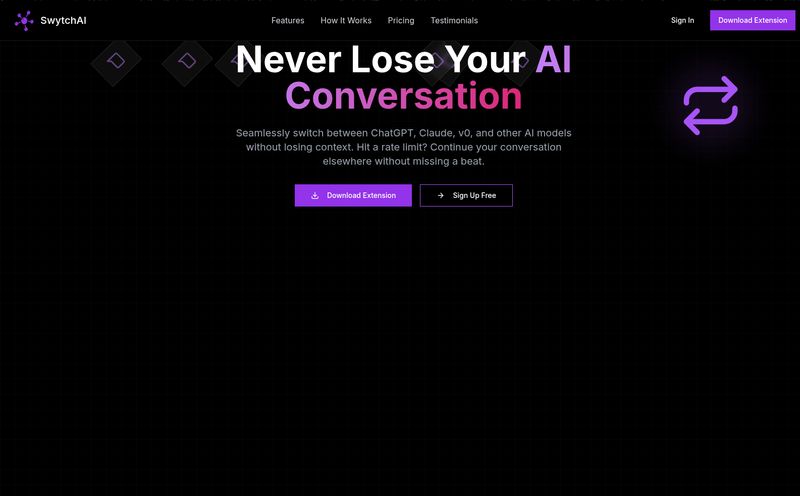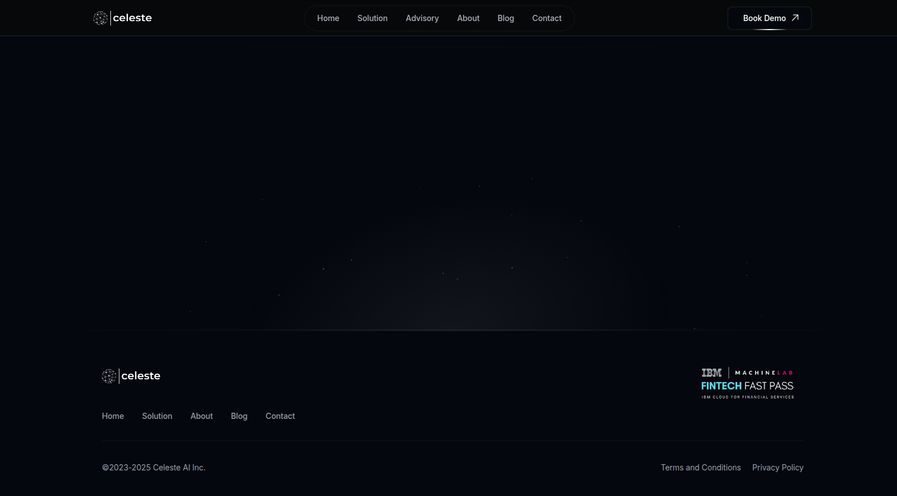Alright, let’s talk. As someone who spends a good chunk of their day wrangling information for SEO strategies, content plans, and market trend analysis, my desktop is a perpetual warzone. You know the scene: 27 browser tabs open, a scattered mess of notes in one app, a half-finished draft in another, and a PDF viewer that’s about to crash. It’s organized chaos, on a good day.
We've all been turning to AI to help tame this beast. But most AI tools feel like a one-way street. You ask a question, you get an answer. It's transactional. You're still the one left holding all the pieces, trying to stitch them into a coherent thought. It’s like having a brilliant but amnesiac assistant who you have to re-brief every five minutes.
So when I saw Cove getting a nod as a "Chrome monthly spotlight" I was intrigued. The tagline, "Research Brilliantly With AI," is bold. I've heard that before. But the approach they described felt… different. So I took it for a spin. And I have some thoughts.
What is Cove, Really? It’s Not Another Chatbot
Let's get this out of the way first. Cove isn’t just another wrapper for ChatGPT. Calling it a chatbot is like calling a Swiss Army knife a butter knife. The core idea here is a visual workspace. Think of it less like a text message thread and more like an infinite digital whiteboard where you and your AI collaborator can throw ideas, links, images, and data.
You’re not just asking questions; you’re building a shared understanding of a topic in one place. You can drop in a webpage, highlight a section, and ask the AI to summarize it right there on the canvas. Then, you can pull in a chart from a PDF and ask it to compare the data. Everything stays in context. For me, that was the lightbulb moment. It’s a tool for thinking with AI, not just getting answers from it.
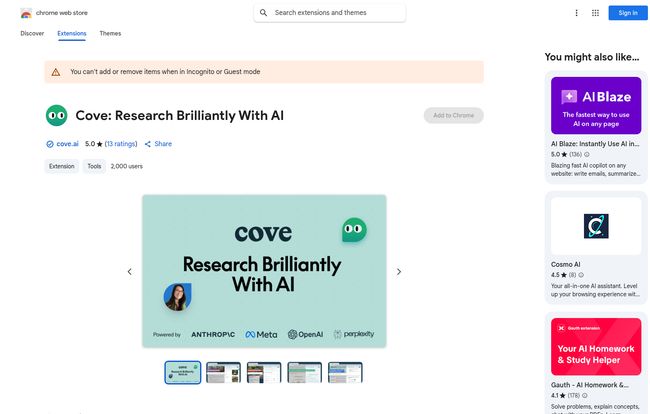
Visit Cove
The Standout Features That Genuinely Impressed Me
I'm pretty jaded when it comes to new tools promising to change my workflow. Most of them just add another step. But Cove has a few tricks up its sleeve that feel genuinely useful.
A Shared Canvas for Your Brain and AI
This is the big one. The visual, card-based interface is a game-changer for complex research. Instead of a long, scrolling history of prompts and responses, your project becomes a mind map that grows organically. It’s how our brains actually work—connecting disparate pieces of information. I was planning a content cluster around CPC trends, and I could visually group competitor articles, keyword data from a table, and AI-generated topic ideas all on one board. It just... clicked.
An AI That Actually Remembers What You're Doing
This is where Cove shines. Any content you add to a space—web pages, uploaded files, your own notes—becomes part of the AI's working memory for that project. You dont have to keep reminding it, “As I mentioned earlier…” or pasting the same block of text for context. It’s already there, on the board, for both of you to see. This contextual learning makes the conversation with the AI so much richer and more efficient. It feels like you’re working with a partner who’s paying attention.
It's Powered by an AI Dream Team
Cove isn’t locked into a single Large Language Model. It cleverly uses a combination of the industry's best, including Anthropic's Claude, OpenAI's ChatGPT, and Perplexity AI. This means it’s pulling from the strengths of each model to provide the best possible response, whether you need creative brainstorming, factual data synthesis, or deep web research. You don’t have to pick a side in the great AI debate; you just get the good stuff.
Putting Cove Through Its Paces
So I gave it a real-world task: researching and outlining this very blog post. I started by creating a new "space" in Cove. I dropped in the URL for Cove’s Chrome Store page and its main website. I asked, “Summarize the key value propositions from these pages.” Instantly, a few cards popped up with neat, bulleted summaries. Then, I uploaded the pricing information I found and asked, “Create a comparison table for the free and paid plans.” A perfectly formatted table appeared on my canvas. No fuss.
The flow was incredible. I was grabbing snippets from different sources, asking the AI to rephrase, expand, or challenge ideas, and editing its outputs directly on the cards. It felt less like prompting and more like a proper brainstorming session. The usual friction of switching between tabs and documents was just… gone.
The Big Question: Pricing and Value
Okay, lets talk about the cost. Every great tool eventually hits you with a paywall, right? Cove has a pretty straightforward two-tiered system, which I appreciate. No confusing credit packs or enterprise-only mysteries.
| Plan | Price | Best For | Key Features |
|---|---|---|---|
| Free Starter | $0 | Individuals, students, or anyone wanting to test the waters. | Unlimited spaces, 100 AI credits per month, 10 MB file upload limit. It's enough to see if you like it. |
| Plus | $10 /month | Professionals, freelancers, and teams doing heavy research. | Everything in Free, but with unlimited AI credits, larger file uploads (35 MB), and priority support. |
My take? The free plan is genuinely useful for trying it out on a small project. The 100 AI credits are a decent amount to get a feel for the workflow. But if you’re like me and you plan to use this for serious, daily work, the $10 Plus plan is a fantastic deal. Unlimited credits for ten bucks a month is super competitive, especially given the quality of the AI models it's running on. For the amount of time and mental energy it saves, it's an easy investment for any serious researcher or content creator.
Any Downsides? Let’s Be Honest
No tool is perfect. While I’m pretty high on Cove, there are a couple of things to keep in mind. The free plan’s limits on AI credits and file uploads are real. You’ll probably hit them if you’re working on a big project, which is obviously by design. It’s a classic freemium model to get you to upgrade.
Also, because it’s a new way of working, it might take a little bit of time to break your old habits of linear research. You have to embrace the canvas and the idea of non-linear thinking. But once you do, it's hard to go back.
Frequently Asked Questions
Is Cove safe to use with my company's data?
According to their privacy policy on the Chrome Web Store, they have a clear stance on data. They state that your data is not sold to third parties and isn't used for purposes unrelated to the tool's core functionality. As always, for highly sensitive proprietary data, you should review any service’s full policy.
Can I use Cove with my team?
Yes! Collaboration is a huge part of its design. You can invite team members into your spaces to view and edit content in real-time. It’s designed for multiple people to build on ideas together with the AI.
What AI models does Cove use?
Cove uses a blend of top-tier models, including Anthropic's Claude, OpenAI's ChatGPT, and Perplexity AI, to deliver comprehensive and accurate results for different types of queries.
Is Cove just a fancier version of ChatGPT?
Not at all. While it uses ChatGPT as one of its brains, its main innovation is the visual, collaborative workspace. It changes the entire interaction from a simple Q&A to a dynamic project-building experience where context is maintained.
What can I do with 100 AI credits on the free plan?
An AI credit is used each time you ask the AI to perform a task (like summarizing text, answering a question, or generating ideas). 100 credits is enough to handle a small research project or a few outlining sessions, giving you a solid taste of the platform's power.
Final Thoughts: Should You Add Cove to Your Toolbox?
After spending some quality time with it, I can say that Cove is more than just another AI gadget. It represents a subtle but significant shift in how we can use AI for knowledge work. It moves us away from a command-and-response dynamic to something much more like a true partnership.
If your work involves research, synthesis, or any kind of complex brainstorming, I think you owe it to yourself to give Cove a try. It might just be the tool that finally helps you win the war against tab chaos and brings some genuine clarity to your process. For me, its already earned a permanent spot on my browser bar.
